Bangkok, the capital of Thailand, lies over 1,000 kilometers (about 621 miles) away from the earthquake’s epicenter.
On Friday, Myanmar was struck by a powerful earthquake that resulted in the deaths of more than 1,600 people and the collapse of several buildings. While the country is known to be located in a high-risk earthquake zone, neighboring countries such as Thailand and China—which also felt the tremors—are usually not as prone to such strong seismic activity.
In fact, Bangkok, the capital of Thailand, lies over 1,000 kilometers (about 621 miles) away from the earthquake’s epicenter. Yet the shaking was intense enough to bring down an unfinished high-rise building in the city. So, what exactly caused this earthquake, and why did it cause so much damage even far from where it originated?
What Caused the Earthquake?
The outer layer of the Earth is made up of large, moving sections called tectonic plates. These plates are constantly shifting—some slide past one another, some move apart, and others push against or underneath each other. This movement can lead to earthquakes and volcanoes.
Myanmar is located in one of the most geologically active regions on the planet. This is because it sits at the meeting point of four tectonic plates: the Eurasian Plate, the Indian Plate (both large), the Sunda Plate (a minor plate), and the Burma Microplate.
As these plates collide and grind against each other, they create strong pressure beneath the ground, which often results in earthquakes and other geological activity.
A good example of this is the Himalayan mountains, which formed when the Indian Plate slowly pushed into the Eurasian Plate, forcing the land to rise. Similarly, the 2004 tsunami occurred because the Indian Plate was suddenly pushed underneath the Burma Microplate, triggering a massive earthquake under the ocean.
Dr. Rebecca Bell, a tectonics expert from Imperial College London, speaking to BBC, explained that when plates move, they need space to adjust. To make room, cracks known as faults form in the Earth's crust. These faults allow the plates to slide sideways past one another, almost like they’re slithering along the cracks.
One major fault in Myanmar is the Sagaing Fault, which stretches more than 1,200 kilometers (746 miles) from the north to the south of the country. This is a long crack in the Earth's crust where tectonic plates move past each other, and it's responsible for many of the earthquakes that occur in Myanmar.
Preliminary data shows that the 7.7-magnitude earthquake on Friday was likely caused by strike-slip movement—this means two blocks of the Earth's crust slid past each other sideways, rather than moving up or down. This is a common type of movement along the Sagaing Fault.
Sometimes, tectonic plates trying to slide past each other get stuck due to their rough edges. As they continue trying to move, friction and pressure build up. When the pressure becomes too great, the plates suddenly break free, causing the ground to shake—that’s what we experience as an earthquake.
Why Was the Earthquake Felt So Far Away?
Earthquakes can occur deep underground—some even 700 kilometers (435 miles) below the surface. However, this earthquake struck at a depth of just 10 kilometers, making it very close to the surface. Shallow earthquakes cause stronger shaking and more destruction on the ground.
Moreover, the earthquake was extremely powerful, measuring 7.7 on the moment magnitude scale. According to the US Geological Survey, it released more energy than the atomic bomb dropped on Hiroshima.
Dr. Bell noted that the straight shape of the fault allowed the earthquake to travel across a large stretch of land. The longer the fault line involved in the movement, the more powerful the earthquake. Over the past century, this area has experienced six earthquakes with a magnitude of 7 or more.
The straight fault also helps carry the energy further along its length, which is why the impact was felt all the way to Thailand.
The effect of an earthquake can also be influenced by the type of ground in an area. In places with soft soil, like Bangkok, seismic waves travel more slowly but become stronger as they pass through. This made the shaking feel even more intense in the Thai capital.
Understanding Tectonic Plates
The outermost layer of the Earth, known as the crust, is made of large pieces called tectonic plates. These plates fit together like a puzzle and cover the entire surface of the Earth.
Think of the Earth like an egg—the crust is like the thin, fragile eggshell that can crack and shift. The Earth’s crust behaves in a similar way, which is why we see earthquakes and the formation of mountains.
These tectonic plates rest on a softer layer beneath them called the mantle. The mantle is a thick layer of hot, semi-solid rock between the crust and the core. Heat from deep within the Earth causes parts of the mantle to soften and slowly flow, allowing the plates to move.
There are seven major tectonic plates, each covering more than 20 million square kilometers. These are the:
- African Plate
- Antarctic Plate
- Eurasian Plate
- North American Plate
- South American Plate
- Indo-Australian Plate
- Pacific Plate
In addition to these, there are many minor plates, which are smaller in size but still play an important role in shaping the Earth's surface.
What Causes the Plates to Move?
A simple way to understand tectonic movement is to place an ice cube on a warm plate. As the bottom of the ice cube melts, it begins to slide—this is similar to how tectonic plates move over the warm, soft mantle.
The movement of plates is very slow, typically about 1 to 10 centimeters per year—roughly the same speed that your fingernails grow. Even though this movement is slow, over millions of years, it can cause massive changes like the creation of mountains, earthquakes, and even the movement of continents.
The Earth's Layers
The Earth is made up of different layers:
1. Crust
The outer layer where we live, including land and ocean floors.
Thickness:
Continental Crust: 30–70 km
Oceanic Crust: 5–10 km
2. Tectonic Plates
Formed by the crust and the top layer of the upper mantle.
Thickness: Around 100 km
3. Mantle
Below the crust, made of semi-solid rock.
Thickness: Around 2,900 km
Divided into:
Upper Mantle
Lower Mantle
4. Outer Core
Made of liquid metal, mostly iron and nickel.
Thickness: About 2,200 km
5. Inner Core
Made of solid metal, mostly iron.
Radius: Around 1,220 km
What Happens When Plates Collide?
Though plates move slowly, their collisions can cause powerful events. When they crash together, a huge amount of energy and pressure is released. This can create mountains, volcanoes, earthquakes, and even tsunamis.
Volcanoes
When a heavier plate moves beneath a lighter one, it melts into magma due to the extreme heat in the mantle. This magma can rise through cracks and erupt on the surface as a volcano. Every time the volcano erupts, more lava cools and adds layers, causing the volcano to grow taller over time.
The Ring of Fire, a horseshoe-shaped zone around the Pacific Ocean, is home to about 452 volcanoes and around 90% of the world’s earthquakes, making it one of the most geologically active regions on Earth.
Earthquakes
The Earth’s fault lines, or cracks along plate boundaries, are the main locations where earthquakes occur. When plates try to slide past each other, their rough edges can get stuck. As pressure builds, the plates suddenly jerk free, causing the ground to shake.
Tsunamis
When earthquakes happen under the ocean, especially at subduction zones where one plate is forced under another, the seafloor can suddenly shift, pushing up a massive amount of water. This forms tsunami waves that travel across the ocean and can cause widespread destruction when they reach shore.
The recent earthquake in Myanmar is a tragic reminder of the immense power beneath our feet. Understanding how tectonic plates work helps us make sense of such disasters—and reminds us of the need to stay prepared, even in places that might seem far from the danger zone.
(The author of this article is a Defence, Aerospace & Political Analyst based in Bengaluru. He is also Director of ADD Engineering Components, India, Pvt. Ltd, a subsidiary of ADD Engineering GmbH, Germany. You can reach him at: girishlinganna@gmail.com)
(Disclaimer: The views expressed above are the author's own and do not reflect those of DNA)
 US-India tariff deal soon? THESE are main stumbling blocks, India may face increased tariff of Rs...
US-India tariff deal soon? THESE are main stumbling blocks, India may face increased tariff of Rs...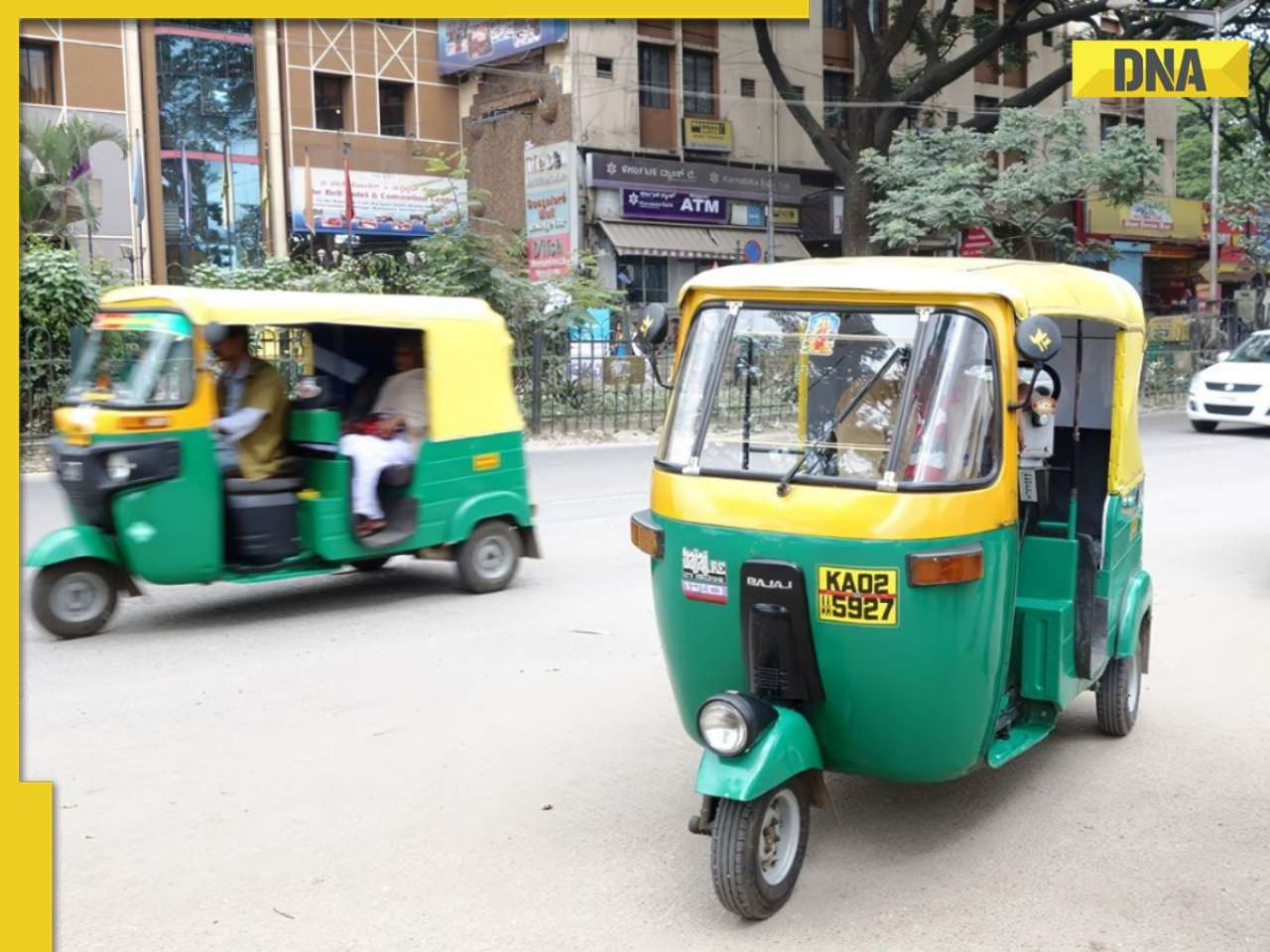 Bad news for Bengaluru residents, commute to get costlier as auto fares increases from..., know revised prices
Bad news for Bengaluru residents, commute to get costlier as auto fares increases from..., know revised prices Pa Ranjith breaks silence after stunt artist Mohan Raj dies on his film set: 'Inspite of all our precautions...'
Pa Ranjith breaks silence after stunt artist Mohan Raj dies on his film set: 'Inspite of all our precautions...' Nimisha Priya case: One day before execution, BIG relief for Kerala nurse jailed in Yemen
Nimisha Priya case: One day before execution, BIG relief for Kerala nurse jailed in Yemen Want to start a company? Telegram’s CEO picks top subject for future leaders, Elon Musk, Bill Gates call it...
Want to start a company? Telegram’s CEO picks top subject for future leaders, Elon Musk, Bill Gates call it... 7 stunning cosmic photos captured by NASA James Webb Telescope
7 stunning cosmic photos captured by NASA James Webb Telescope Soya Bean vs Soya Chunks: 8 key differences, nutritional profile, health benefits, more
Soya Bean vs Soya Chunks: 8 key differences, nutritional profile, health benefits, more Improve gut health naturally: 7 foods to improve your bowel movement
Improve gut health naturally: 7 foods to improve your bowel movement  Which vitamin deficiency causes gum bleeding and why?
Which vitamin deficiency causes gum bleeding and why? Sawan Somwar 2025: 7 do’s and don’ts of offering prayers to Lord Shiva
Sawan Somwar 2025: 7 do’s and don’ts of offering prayers to Lord Shiva Odisha Girl Self Immolation Case: Odisha CM Announces Rs 20 Lakh Aid For Kin Of Balasore Student
Odisha Girl Self Immolation Case: Odisha CM Announces Rs 20 Lakh Aid For Kin Of Balasore Student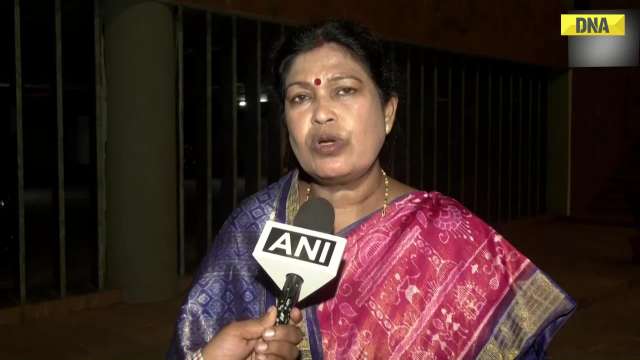 Odisha Girl Self-Immolation Case: BJD leader Slams Odisha Govt After Balasore Student Dies
Odisha Girl Self-Immolation Case: BJD leader Slams Odisha Govt After Balasore Student Dies President Murmu Appoints New Governors For Haryana, Goa; Kavinder Gupta Named LG Of Ladakh
President Murmu Appoints New Governors For Haryana, Goa; Kavinder Gupta Named LG Of Ladakh Bombay Stock Exchange Receives Bomb Threat From 'Comrade Pinarayi Vijayan', '4 RDX IED In Building'
Bombay Stock Exchange Receives Bomb Threat From 'Comrade Pinarayi Vijayan', '4 RDX IED In Building' India Pakistan News: New Paramilitary Force In Pakistan Sparks Crackdown Fears
India Pakistan News: New Paramilitary Force In Pakistan Sparks Crackdown Fears US-India tariff deal soon? THESE are main stumbling blocks, India may face increased tariff of Rs...
US-India tariff deal soon? THESE are main stumbling blocks, India may face increased tariff of Rs... Good News for TCS employees, amid uncertainty over wage hike, Ratan Tata's company now rolls out 100%...
Good News for TCS employees, amid uncertainty over wage hike, Ratan Tata's company now rolls out 100%... Bad news for employees of THIS comapny as it gives stern warning on return to office, has this Ratan Tata connection
Bad news for employees of THIS comapny as it gives stern warning on return to office, has this Ratan Tata connection Elon Musk launches Tesla's Model Y for Rs 60 lakh in India, check how much it costs in US, China, Germany and other countries
Elon Musk launches Tesla's Model Y for Rs 60 lakh in India, check how much it costs in US, China, Germany and other countries Elon Musk's Tesla opens first India showroom in Mumbai's BKC: Project took ... days to be completed
Elon Musk's Tesla opens first India showroom in Mumbai's BKC: Project took ... days to be completed Step inside Rakul Preet Singh and Jackky Bhagnani's luxurious house with multiple living rooms, king-size kitchen and breathtaking terrace
Step inside Rakul Preet Singh and Jackky Bhagnani's luxurious house with multiple living rooms, king-size kitchen and breathtaking terrace Ali Fazal-Richa Chadha to Randeep Hooda-Lin Laishram, not just weddings but these Bollywood stars turned invites into art
Ali Fazal-Richa Chadha to Randeep Hooda-Lin Laishram, not just weddings but these Bollywood stars turned invites into art 5 times Salman Khan made moustache his signature statement, from Battle Of Galwan to Dabbang
5 times Salman Khan made moustache his signature statement, from Battle Of Galwan to Dabbang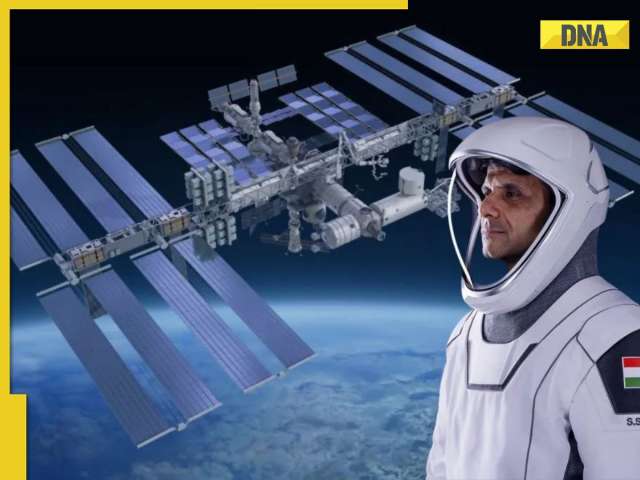 Shubhanshu Shukla to return Earth: Here are 7 experiments Axiom 4 crew conducted in space
Shubhanshu Shukla to return Earth: Here are 7 experiments Axiom 4 crew conducted in space Samantha Ruth Prabhu, Allu Arjun and other South Indian superstars took THIS much salary in their first-ever jobs
Samantha Ruth Prabhu, Allu Arjun and other South Indian superstars took THIS much salary in their first-ever jobs Bad news for Bengaluru residents, commute to get costlier as auto fares increases from..., know revised prices
Bad news for Bengaluru residents, commute to get costlier as auto fares increases from..., know revised prices Nimisha Priya case: One day before execution, BIG relief for Kerala nurse jailed in Yemen
Nimisha Priya case: One day before execution, BIG relief for Kerala nurse jailed in Yemen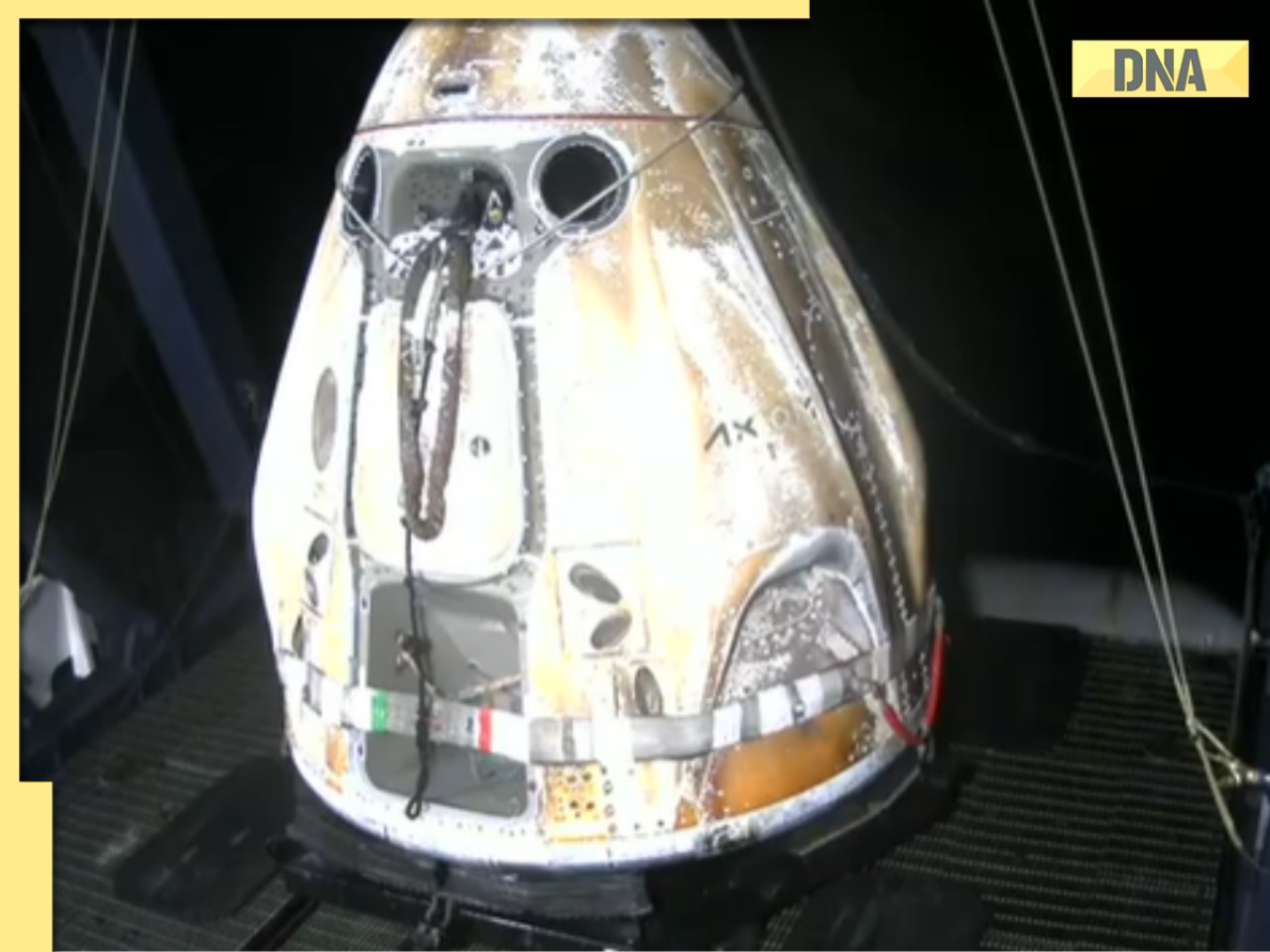 Axiom-4 Dragon spacecraft lands safely on Earth, PM Modi welcomes Shubhanshu Shukla
Axiom-4 Dragon spacecraft lands safely on Earth, PM Modi welcomes Shubhanshu Shukla LoP Rahul Gandhi lashes out at S Jaishankar over meeting with Xi Jinping, says 'EAM running full blown circus'
LoP Rahul Gandhi lashes out at S Jaishankar over meeting with Xi Jinping, says 'EAM running full blown circus'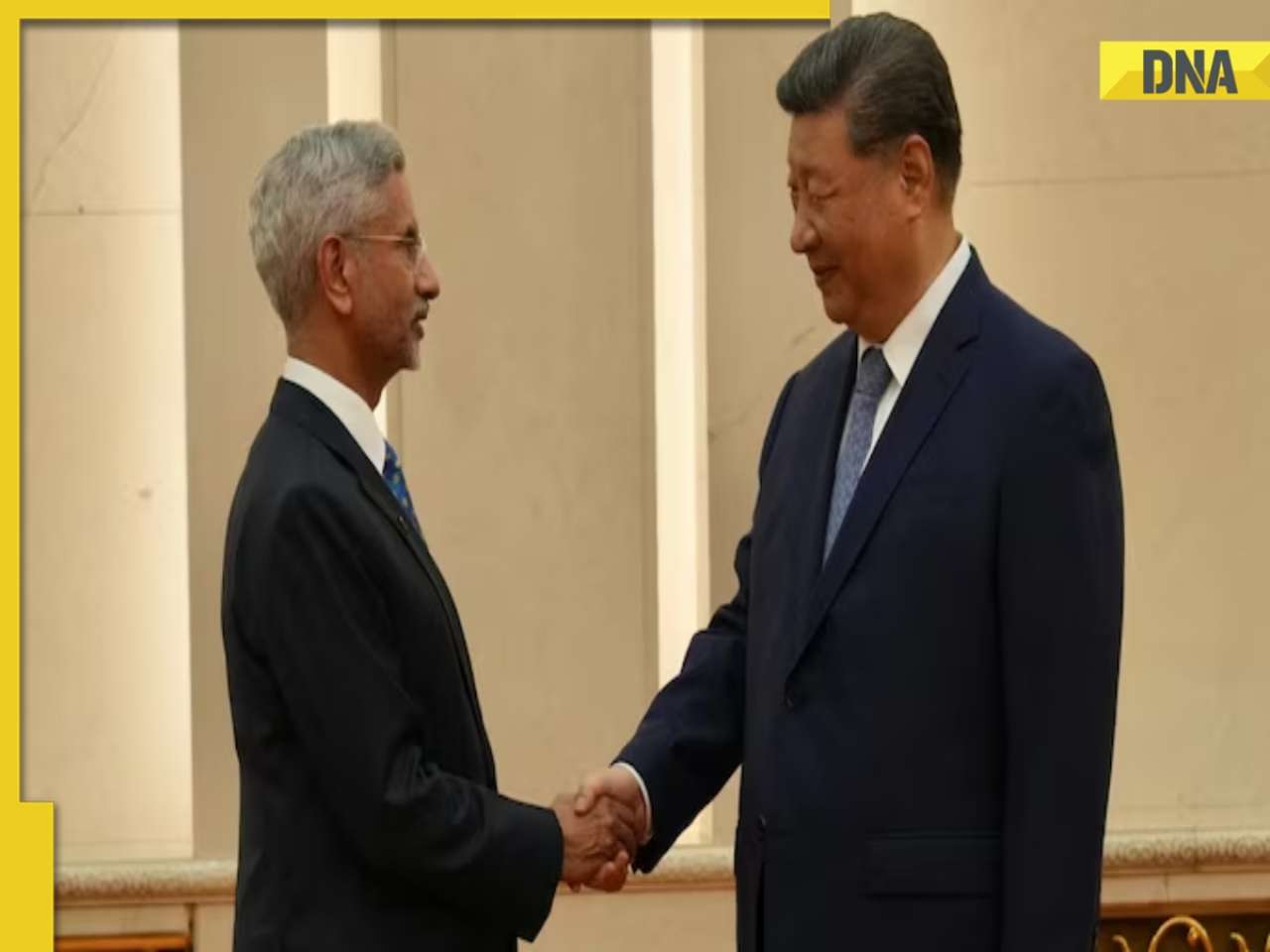 Will India-China relations improve further after S Jaishankar meets Chinese President Xi Jinping?
Will India-China relations improve further after S Jaishankar meets Chinese President Xi Jinping? This auto driver speaks 7 languages, did double MA, worked in MNCs, wanted to become IAS officer then..., is now going viral for..
This auto driver speaks 7 languages, did double MA, worked in MNCs, wanted to become IAS officer then..., is now going viral for.. Meet 19-year-old boy who took family responsibilities after his father's demise, cracked JEE Main with 9 to 5 job, his AIR was..., he wants to...
Meet 19-year-old boy who took family responsibilities after his father's demise, cracked JEE Main with 9 to 5 job, his AIR was..., he wants to... Meet IAS officer who was once mocked for not speaking English, left job at Ratan Tata's TCS, cracked UPSC exam, secured AIR..., she is...
Meet IAS officer who was once mocked for not speaking English, left job at Ratan Tata's TCS, cracked UPSC exam, secured AIR..., she is... Meet Hiamli Dabi, mother of IAS officer Tina Dabi and Ria Dabi, who also cracked UPSC exam, worked as..., but later quit job due to...
Meet Hiamli Dabi, mother of IAS officer Tina Dabi and Ria Dabi, who also cracked UPSC exam, worked as..., but later quit job due to...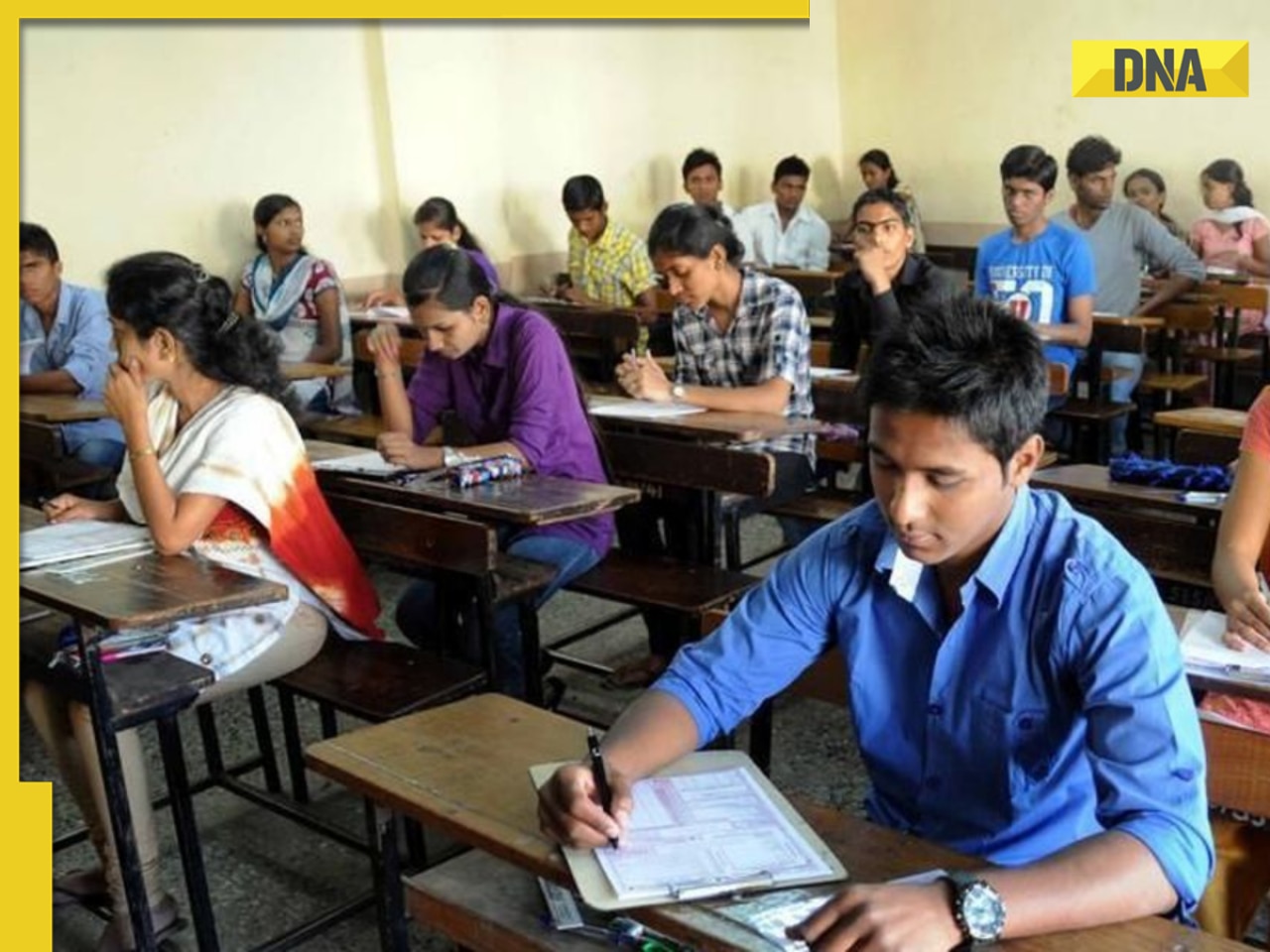 UPSC CSE Mains 2025 schedule out, to be held on THESE dates, check full timetable
UPSC CSE Mains 2025 schedule out, to be held on THESE dates, check full timetable This luxury car is first choice of Indians, even left BMW, Jaguar, Audi behind in sales, it is...
This luxury car is first choice of Indians, even left BMW, Jaguar, Audi behind in sales, it is... Kia India unveils Carens Clavis: Check features, design changes, price and more; bookings open on...
Kia India unveils Carens Clavis: Check features, design changes, price and more; bookings open on... Tesla CEO Elon Musk launches most affordable Cybertruck, but it costs Rs 830000 more than older version, it is worth Rs...
Tesla CEO Elon Musk launches most affordable Cybertruck, but it costs Rs 830000 more than older version, it is worth Rs... Planning to buy a Maruti Suzuki car? Prices set to rise by 4% from...
Planning to buy a Maruti Suzuki car? Prices set to rise by 4% from... Audi launches Audi RS Q8 2025 in India: Know price, specifications and unique features
Audi launches Audi RS Q8 2025 in India: Know price, specifications and unique features 




)
)
)
)
)
)
)
)
)
)
)
)
)
)
)
)











